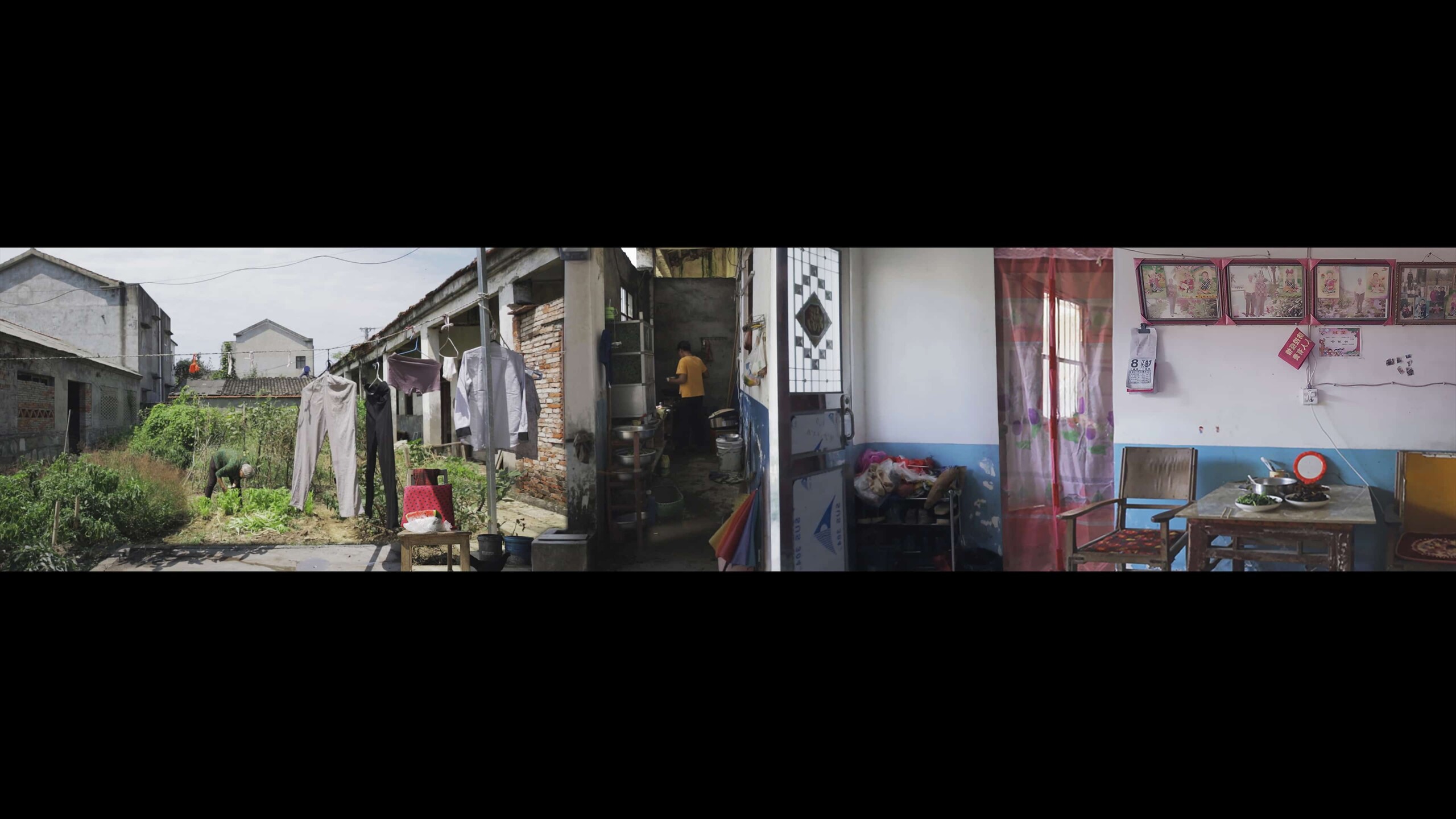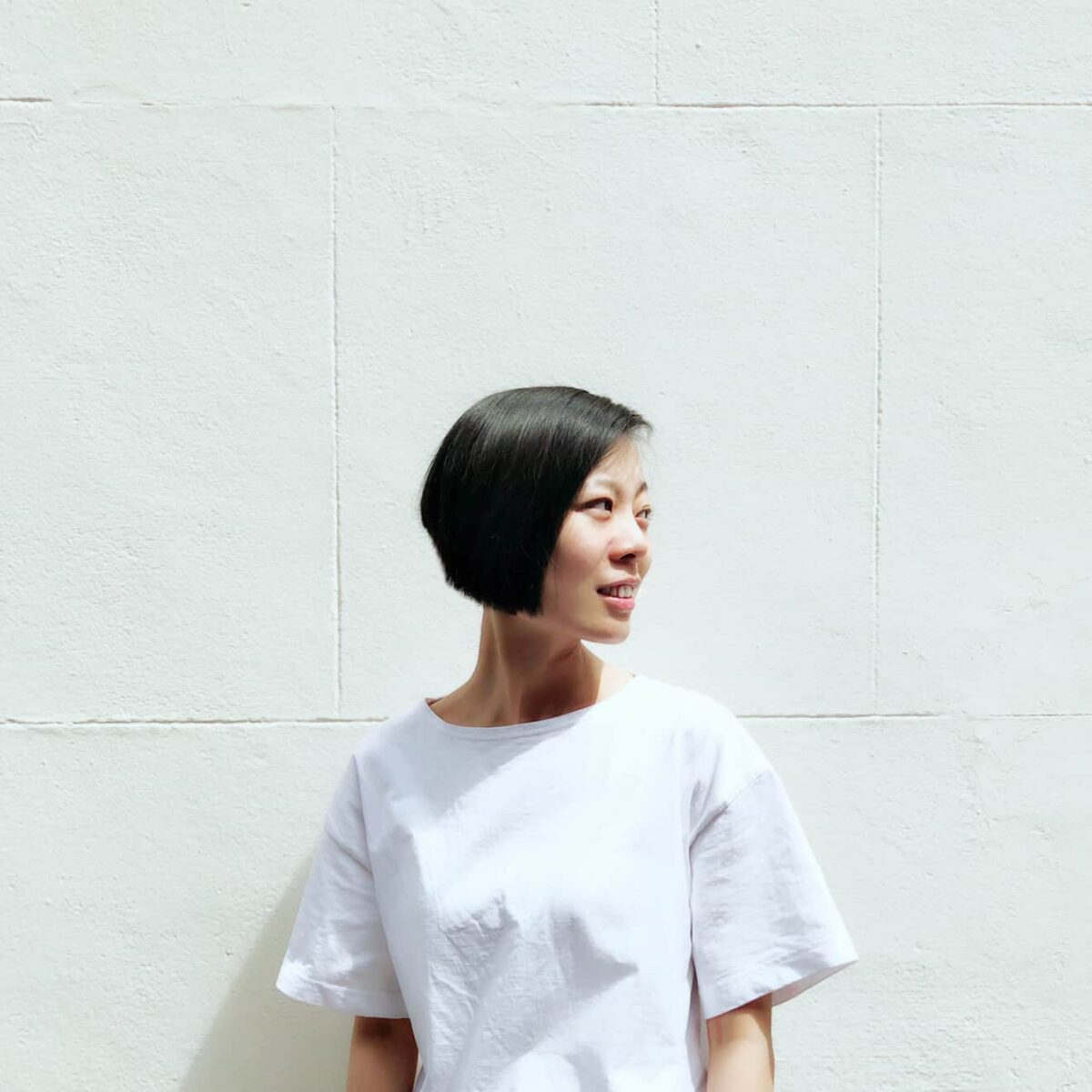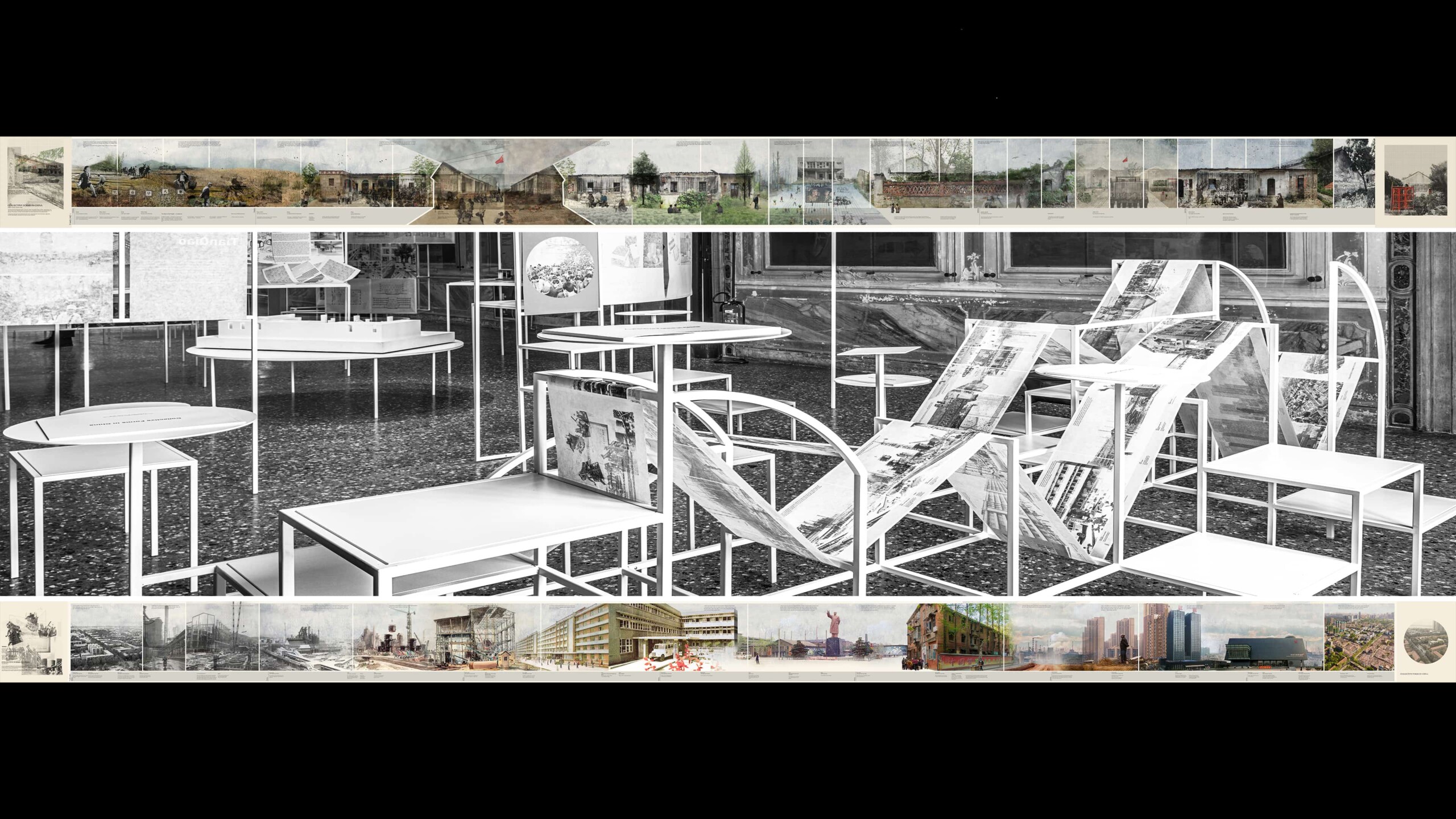Fellowship to support Cheng’s research proposal, an examination of the critical role of sand in human communities and the built environment.
Harvard University Graduate School of Design (GSD) is pleased to name Jingru (Cyan) Cheng the winner of the 2023 Wheelwright Prize, a $100,000 grant to support investigative approaches to contemporary architecture, with an emphasis on globally minded research. Her project, Tracing Sand: Phantom Territories, Bodies Adrift, focuses on the economic, cultural, and ecological impacts of sand mining and land reclamation. From airports to beaches and river basins to hydroelectric dams, sand is a humble material that has a fundamental role in the built environment and human communities. Supporting modern cities and modern life, sand is a key component of concrete, glass, asphalt roads, and artificial land. However, by dredging underwater systems and channels, sand mining erodes riverbanks and disrupts ecosystems. Colossal amounts of sand are mined and moved to shape one habitat while destroying another.
The Wheelwright Prize will fund two years of Cheng’s research and travel, including visits to airports in Singapore, beaches in Florida, rivers in the Mekong Delta in Vietnam, and rural immigrant communities in China. Investigating how sand is mined and used in these diverse sites, Cheng will conduct interviews with key stakeholders and research design decisions, procurement routes, contractual relations, financing, regulations, and policies. She also plans to develop educational and public programs, and a multi-media archive that will be open access and made available for the affected communities, activist groups, and associated researchers.
“The proposal of Tracing Sand is the convergence of my different lines of work so far, the teachings that made me an architect, and the life experiences that made me. I see architectural materiality as an active, tangible force driving and shaping long chains of consequences and dependencies. It draws surprising connections between sites, communities, and ecologies. Winning the Wheelwright Prize affirms that the questions I’m after are part of the larger quest of architecture today, at a time of intensified social injustice and ecological crisis,” Cheng says. “As a travel-based design research award, the Wheelwright cannot be more fitting for this rather audacious proposition: to follow sand is to trace architectural materiality through supply chains and ecosystems. It is to learn through embodied experiences the entangled flows of people, life forms, matter, and the built environment across scales. Understanding how interconnected and interdependent we all are is fundamental today. I believe architecture provides a material wayfinding through this almost incomprehensible entanglement—and offers possibilities to transform it.”
“In his book The World in a Grain (2018), American-Canadian journalist Vince Beiser underscores why sand affects each and every one of us: ‘It is to cities what flour is to bread, what cells are to our bodies: the invisible but fundamental ingredient that makes up the bulk of the built environment in which most of us live.’ Cyan Cheng’s Wheelwright proposal takes Beiser’s claim one step further: sand underpins our built environment, but also our global economy,” says Sarah M. Whiting, Harvard GSD’s Dean and Josep Lluís Sert Professor of Architecture. “Tracing together material evidence, technological expertise, labor practices, and corporate reach, Cheng’s study has breadth that makes it relevant to every community across the globe, and specificity that promises to reveal hitherto unknown repercussions of this fragile resource.”
Jurors for the 2023 prize include: Noura Al Sayeh, Head of Architectural Affairs for the Bahrain Authority for Culture and Antiquities; Mira Henry, design faculty at Southern California Institute for Architecture; Mark Lee, Professor in Practice of Architecture at Harvard GSD; Jacob Reidel, Assistant Professor in Practice of Architecture at Harvard GSD; Enrique Walker, Design Critic in Architecture at Harvard GSD; and Sarah M. Whiting, Dean and Josep Lluís Sert Professor of Architecture at Harvard GSD.
“Tracing Sand examines an increasingly ubiquitous material that is at the base of the production of land and architecture by following its sourcing and consumption, unveiling the increasing entanglement of matter and site, as well as the livelihoods affected by its extraction,” observes Noura Al Sayeh, Head of Architectural Affairs for the Bahrain Authority for Culture and Antiquities. “By dissecting the complexity of material supply chains and the complicity of architecture in the destruction of natural environments, Cyan’s research bridges opposing sites and actors, from extraction to consumption, local communities to stakeholders. Through a multi-media approach and an in-depth analysis of the guts of hypermodernity, the proposal aims towards a comprehensive shift in the value system of architecture.”
The Wheelwright Prize supports innovative design research, crossing both cultural and architectural boundaries. Winning research proposal topics in recent years have included the potential of seaweed, shellfish, and the intertidal zone to advance architectural knowledge and material futures; how spaces have been transformed through the material contributions of the African Diaspora; and new architecture paradigms for storing data that can reimagine digital infrastructure.
Cheng was among four distinguished finalists selected from a highly competitive and international pool of applicants. The 2023 Wheelwright Prize jury commends finalists Isabel Abascal, Maya Bird-Murphy, and DK Osseo-Asare for their promising research proposals and presentations. Jingru (Cyan) Cheng follows 2022 Wheelwright Prize winner Marina Otero, whose Wheelwright project, Future Storage: Architectures to Host the Metaverse, is currently in its travel-research phase.
About Jingru (Cyan) Cheng:
Jingru (Cyan) Cheng works across architecture, anthropology, and filmmaking. Her practice follows drifting bodies—from rural migrant workers to forms of water—to draw out latent relations across scales, confronting intensified social injustice and ecological crisis. Cheng received commendations from the Royal Institute of British Architects (RIBA) President’s Awards for Research in 2018 and 2020. She is also a 2022 Graham Foundation Grantee. Her work has been exhibited internationally as part of Critical Zones: Observatories for Earthly Politics at ZKM Karlsruhe, Germany (2020–22), the Seoul Biennale of Architecture and Urbanism (2019), the Venice Architecture Biennale (2018), among others, and is included in the Architectural Association’s permanent collection. Cheng holds a PhD by Design and MPhil in Architecture and Urban Design (Projective Cities) from the Architectural Association (AA), and was the co-director of AA Wuhan Visiting School (2015–17). She co-led the MA architectural design studio Politics of the Atmosphere (2019–22) and currently teaches an interdisciplinary module across all schools at the Royal College of Art in London.

About the 2023 Wheelwright Prize Finalists:
Isabel Abascal: Mother Architecture: Shaping Birth
Isabel Abascal is a Mexico City–based architect and writer. In 2015, she founded the architecture studio LANZA Atelier, along with Alessandro Arienzo. From 2015 to 2017, Abascal was the Executive Director of LIGA, Espacio para Arquitectura, a platform dedicated to the dissemination and discussion of Latin American architecture. There, she curated myriad exhibitions, and co-edited the book Exposed Architecture, published by Park Books. She has also contributed to publications such as DOMUS, Avery Review, Arquine, Wallpaper*, and the UNAM Journal, among others. Abascal studied architecture at the Universidad Politécnica de Madrid, the Technische Universität in Berlin, and at the Vastu Shilpa Foundation in Ahmedabad, under Balkrishna Doshi.
Maya Bird-Murphy: Examining Architectural Practice Through Alternative Methodology and Pedagogy
Maya Bird-Murphy is a designer, educator, and the founder of Mobile Makers, an award-winning non-profit organization bringing design and skill-building workshops to underrepresented communities. She was selected by Theaster Gates and the Prada Group as an Experimental Design Lab awardee, featured as one of 50 people who shape Chicago in Newcity Magazine, and received the 2022 Pierre Keller Prize at the Hublot Design Prize ceremony in London. In 2018, she was named as an AIGA Design + Diversity Conference National Fellow. The same year, she was featured in The American Institute of Architects’ (AIA) Emerging Professionals Exhibition 2018 for Mobile Makers. Bird-Murphy attended Ball State University and received an MArch from Boston Architectural College.
DK Osseo-Asare: Bucky in Africa: Remembering the Chemistry of Architecture
DK Osseo-Asare is a Ghanaian American designer who makes buildings, landscapes, communities, objects, and digital tools. He is a co-founding principal of the transatlantic architecture and integrated design studio Low Design Office (LowDo), based in Austin, United States, and Tema, Ghana. He holds an appointment in Humanitarian Materials at the Pennsylvania State University, where he directs the Humanitarian Materials Lab, a transdisciplinary research lab architecting materials for human welfare. He is a TED Global Fellow; member, Ghana Institution of Engineering (GhIE); and received AB in Engineering Design and MArch degrees from Harvard University, with a focus on kinetic architecture and network power.



